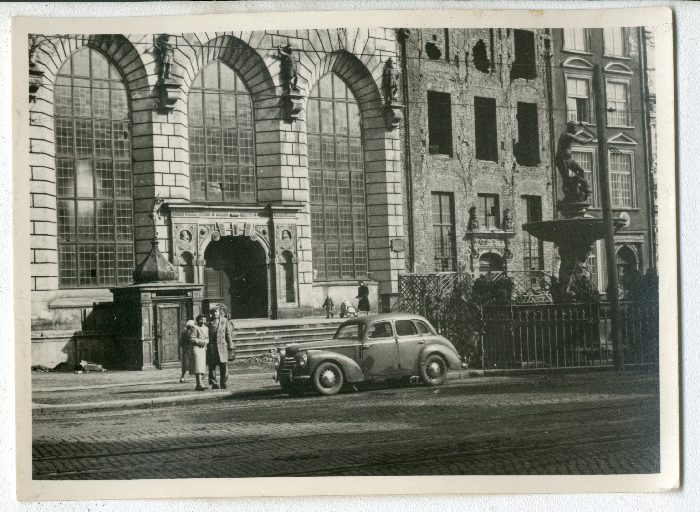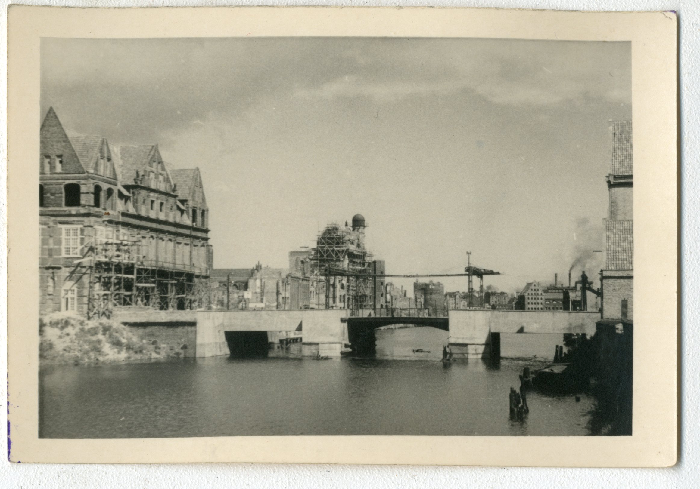- Point of Interest
- Dwór Artusa w Gdańsku, 22-100 Gdańsk, Pologne
After the Second World War the German population was forced out of the now Polish city of Gdańsk, to be replaced by Polish nationals from all over the country, who brought their language and habits with them. On top of that the Communist Party came to power, affecting everyday life in Gdańsk even more.
After the Second World War new inhabitants – Poles from all over Poland – came to Gdańsk and changed the character of the city. They brought their habits and language with them and adapted to the existing, mostly German urban space. In addition, a communist regime took power in Poland which meant a far-reaching change of politics and society. For a large number of Poles Gdańsk, after more than a hundred years of Prussian and German rule, was returned to the Polish motherland. It had to be reinvented as a Polish city, inhabited according to Stalinist ideology by new, socialist citizens.
The decision to reshape Gdańsk as a Polish city – more or less as it was at the end of the 18th century – was a political one. Traces of the German past were obscured or eliminated.
The new population and the socialist ideology gave the city a different identity. Many of the new arrivals came from the Vilnius region in present-day Lithuania that until 1939 belonged to Poland. These newcomers were forced to leave their homes when the Sovjet Union annexated the eastern part of the Polish territory. Feeling not exactly at home in a foreign city –part of another country before the war quite different from their former homelands – many of the migrants had difficulties adapting to their new environment. On the other hand Gdańsk, as many parts of the new Polish state which formerly belonged to Germany, seemed to hold the promise of a better life. People hoped to find homes and jobs. They longed for a normal life after the upheavals and catastrophes of the Second World War. Thus, despite all difficulties, the population grew rapidly, starting from the last month of the war, and continued to grow, especially in the late 1940s.


